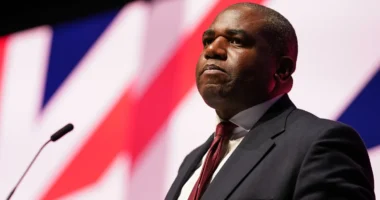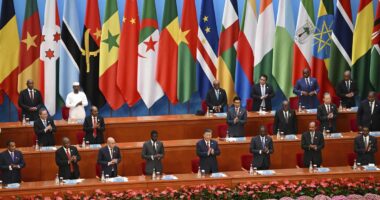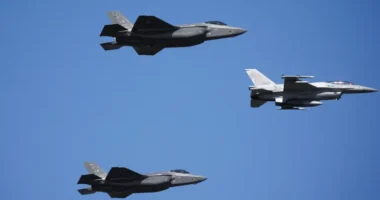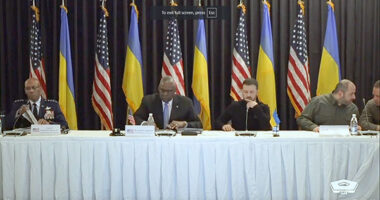Ukraine’s recent incursion into Russia’s Kursk region, which began on August 6, has sparked debate over its strategic effectiveness. President Vladimir Putin claims the incursion failed to halt Russia’s advance in Donbas and only weakened Ukraine’s forces along other fronts. Putin reiterated that the primary goal of Russia’s invasion, which started in February 2022, is the capture of Donbas, a region that includes the Luhansk and Donetsk oblasts. Despite Ukraine’s counteroffensive efforts throughout 2023, Moscow’s forces have continued to push forward, with recent advances noted near the city of Pokrovsk in eastern Ukraine.
Putin, speaking at the Eastern Economic Forum in Vladivostok on September 5, highlighted the Kursk attack as a diversionary tactic by Ukraine to slow down Russia’s operations in Donbas. According to Putin, the Ukrainian forces diverted well-prepared units from other key areas, giving Russian forces the opportunity to accelerate their offensive. He emphasized that Ukraine’s primary goal, to disrupt the Russian advance, was unsuccessful, and that Russia’s forces were now regaining ground in Kursk while continuing their progress in Donbas.
On the other hand, Ukrainian military leadership, including General Oleksandr Syrskii, has presented a contrasting view. Syrskii claims that Ukraine’s attack on Kursk was part of a broader strategy to divert Russian resources away from eastern Ukraine, particularly areas like Pokrovsk and Kurakhove. Ukraine has also aimed to bring the war closer to Russian soil, forcing Moscow to defend its own territory and giving Kyiv greater leverage in potential negotiations.
The Kursk incursion, the largest foreign attack on Russian soil since World War II, involved Ukrainian forces utilizing drones, artillery, and heavy weaponry. The operation is part of Ukraine’s broader strategy of weakening Russian defenses and opening up additional fronts, stretching Russian resources. Ukrainian President Volodymyr Zelenskyy has stated that one goal of the Kursk offensive is to create a buffer zone between the Russian border and Ukraine’s Sumy region, minimizing future attacks on Ukrainian soil.
Putin’s statements also revived references to a 2022 negotiation between Russia and Ukraine, initially brokered in Istanbul, Turkey. He claimed the deal had been near finalization but was derailed by outside pressures, specifically from the United States and Europe, which he said aimed to see Russia suffer a strategic defeat. Despite Putin’s current willingness for talks, there has been no confirmation from Ukraine regarding any recent negotiations or potential peace settlements. Kyiv, supported by the West, continues to push for the full restoration of its territorial integrity, which remains a key sticking point in any future dialogue.
While Russia continues its eastern push, questions remain about the long-term impact of the Kursk incursion on both sides’ military strategies. NATO Secretary General Jens Stoltenberg emphasized that Ukraine has the right to self-defense, and while the situation is evolving, it remains uncertain how much Ukraine’s operation in Kursk will affect the broader conflict. The Institute for the Study of War, a U.S.-based think tank, has noted that it is too early to assess the full implications of the Kursk offensive. However, it has drawn global attention to the ongoing and intensifying war between the two nations.
Image Credit : Vyacheslav Prokofyev/Sputnik/Pool via AFP





